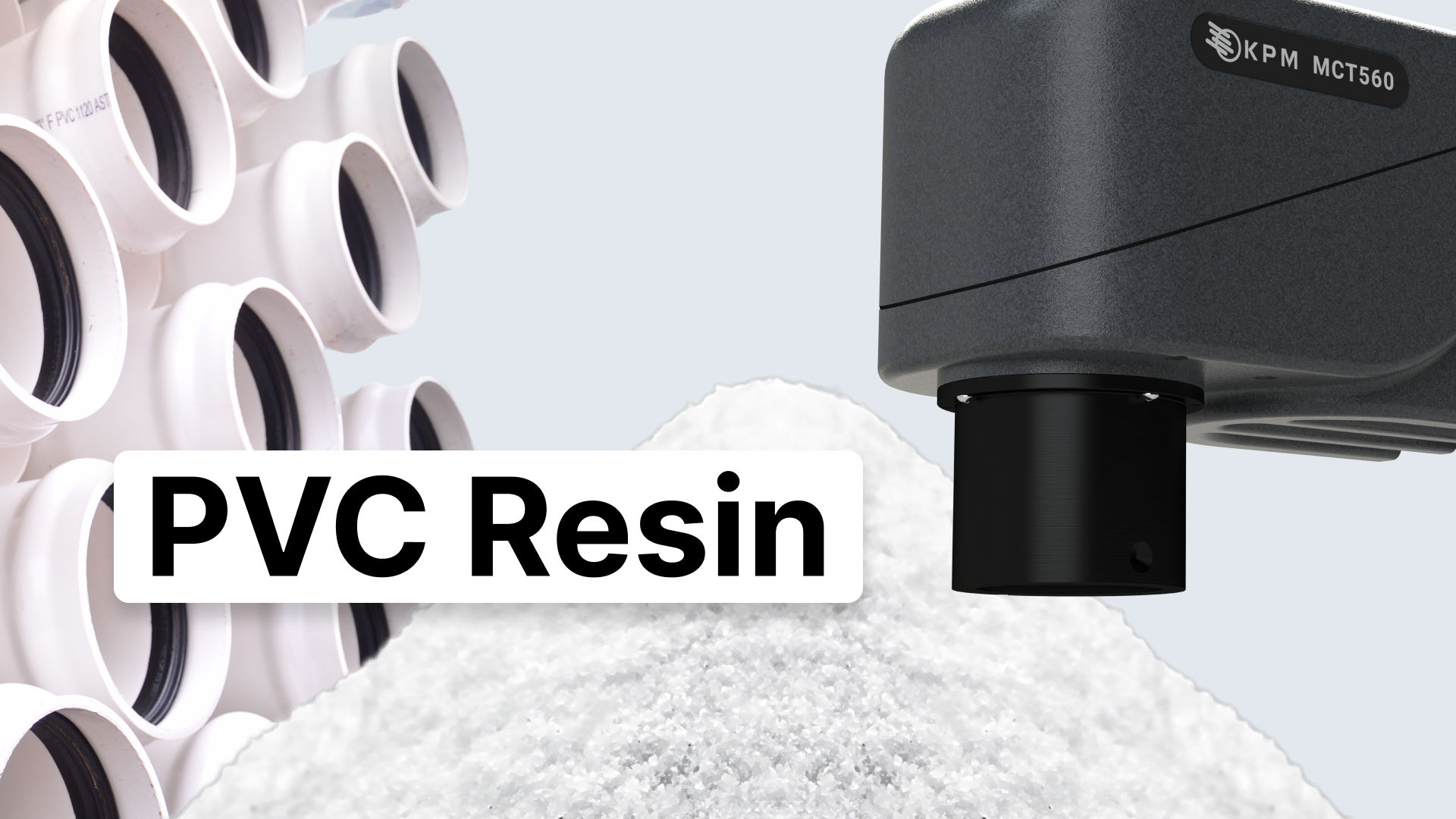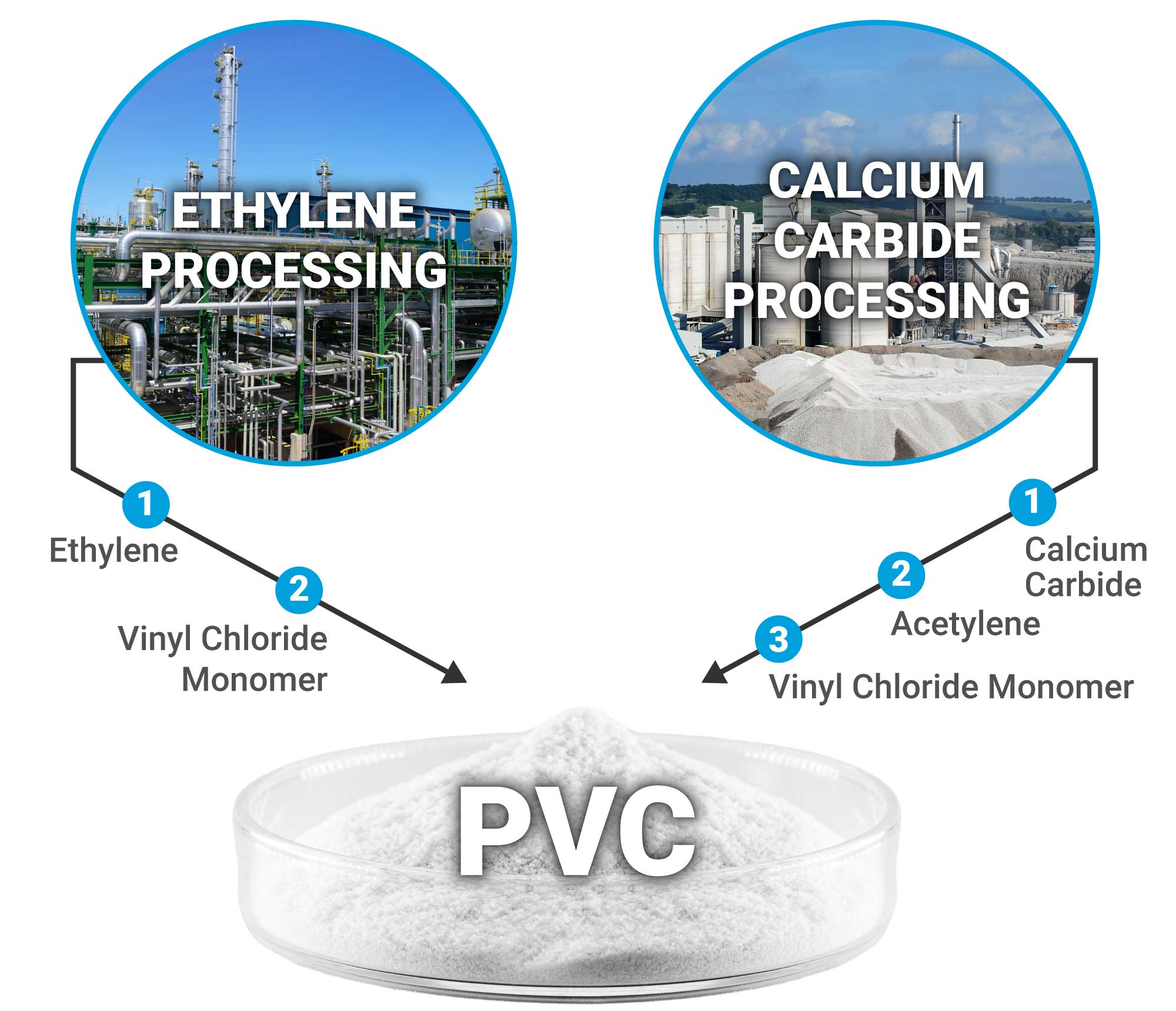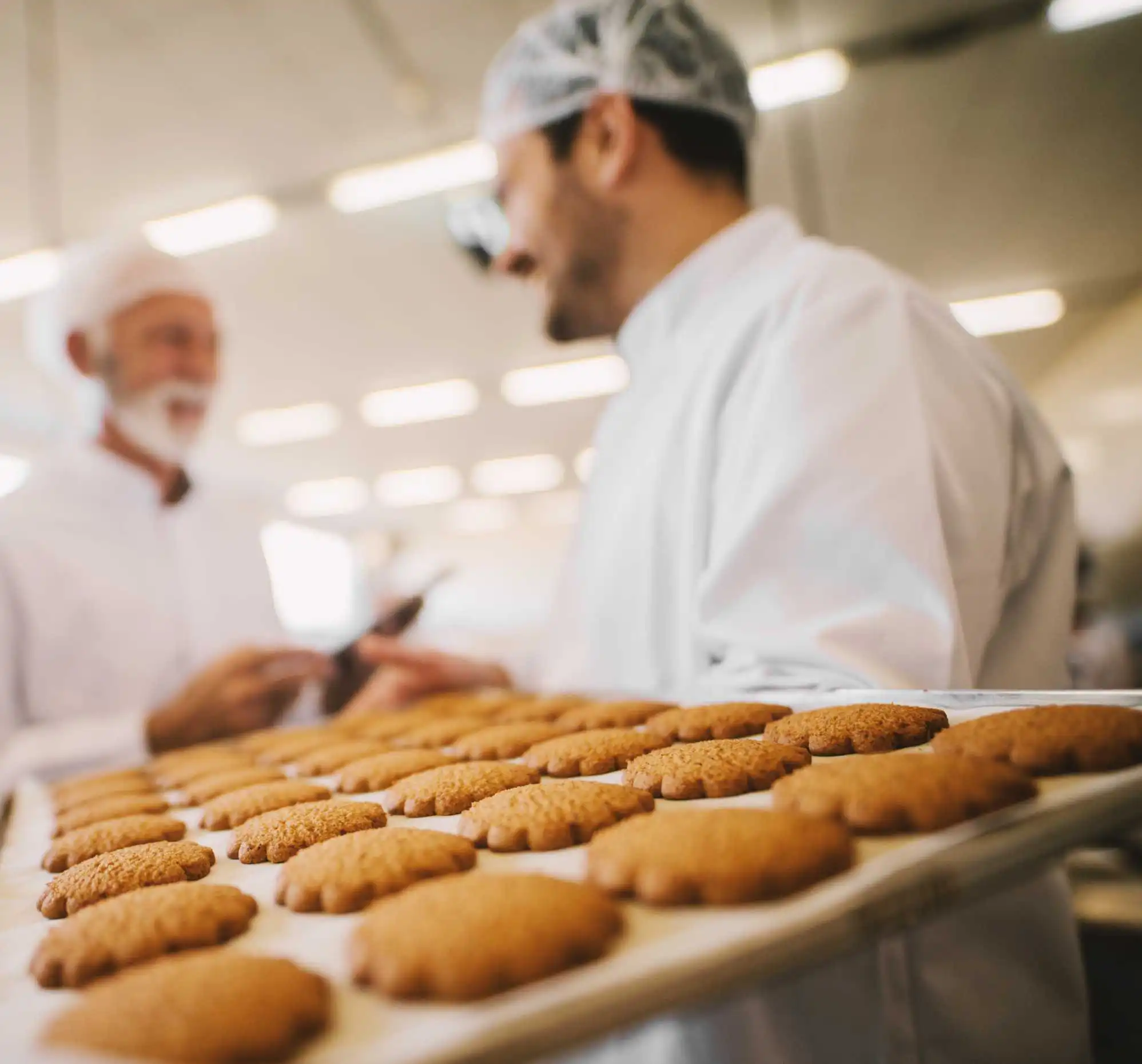Why is Moisture Control so Critical for PVC-Based Products?

Polyvinyl Chloride (PVC) resin is a popular thermoplastic polymer commonly used in a wide range of products. From toys to automobiles, the market for PVC resin is predicted to reach $62.58 billion by 2033, with a CAGR of 3.8% during the forecast period (Straits Research Report).
While a versatile and in-demand thermoplastic polymer type, moisture control at critical manufacturing phases is essential to ensure final product quality.
Why do Many Companies Choose PVC Over Other Plastic Types?
PVC is one of the most widely used thermoplastic polymer types because it combines performance, versatility, and cost effectiveness that few other plastic varieties can match. Here are some of the many reasons why companies choose PVC:
- PVC can be made rigid (uPVC) or flexible (with plasticizers), allowing it to be used for anything from construction pipes to flexible cables.
- PVC is easily modified with additives—stabilizers, colorants, impact modifiers, and UV absorbers—making it useful for specific applications.
- PVC is highly resistant to weathering, chemicals, and abrasions, making it useful for outdoor and industrial use.
- PVC has low permeability and is fire-resistant, making it an excellent barrier to gases and moisture.
Here is a simple comparison chart showcasing the benefits of PVC versus other thermoplastics.
How are PVC Resins Manufactured?
Depending on the region, there are different ways to manufacture raw PVC. Here are two of the most common PVC resin manufacturing methods:
- Ethylene Processing: PVC is produced from oil or biomass, most commonly in nations and regions with larger oil industries.
- Calcium Carbide Processing: In other regions where oil is less prevalent, calcium carbide processing allows for extracting PVC from processing coal and limestone into powder.

Why is it Essential to Control the Moisture of PVC Resins?
Any moisture imbalance can cause chemical, physical, and processing problems that can reduce product quality and performance of PVC-based products. Too much or too little moisture can cause:
- Hydrolysis and Degradation: Additives like stabilizers or plasterers may weaken with excessive moisture. Moisture can also discolor products or make them more brittle.
- Process Defects: Moisture trapped in the resin can vaporize quickly, causing voids, bubbles, or putting.
- Poor Tensile Strength: Too much moisture can prompt stress whitening and micro-cracking over time.
- Poor Electrical Conductivity: For PVC products used in insulation and cable sheathing, even trace moistures raise dielectric constant and conductivity, reducing electrical resistance and promoting short circuiting.
- Poor Product Shelf Life: Moisture encourages microbial growth, which can interfere with stabilizer systems and accelerate product aging.
What do PVC Resin Manufacturers Use to Help Control Moisture?
- At-line Testing: Moisture balances or Karl Fischer titration are two standard primary analysis methods, but they often take several minutes to output a final reading. Benchtop Near Infrared (NIR) analysis technologies like the QuikCheck Moisture & Oil Analyzer from KPM Analytics are a secondary moisture analysis method. Still, they can output accurate moisture readings in 10 seconds.
- Online NIR: Utilizing an instrument like the MCT560 or NIR-7000 moisture analyzers from KPM Analytics offers an effective method of analyzing real-time moisture.
What are Some of the Ways Online NIR can Help Improve Quality Control in PVC Manufacturing?
Because PVC is sensitive to even small amounts of moisture during storage, transport, and processing, online NIR instruments can maintain product quality and operational efficiency. Here are a few examples.
- Incoming raw material inspection: While material suppliers may promise their product at a specific moisture level, installing online NIR to analyze incoming products helps validate supplier claims while guarding against potential quality issues at later stages.
- Pre-processing dryer control: Online NIR helps optimize dryer usage by providing clarity on the moisture content of products entering the dryer, leading to reduced energy costs and improved process control.
- Post-processing dryer control: Online NIR can help analyze product moisture after drying to validate process specifications.
- Post-blending checks: Since additives like stabilizers, plasticizers, and fillers can reintroduce moisture, online NIR helps validate product composition after this latter phase.
- Final product inspection: Online NIR can help be the last line of defense against excessive PVC moisture before packaging.
Do Not Leave Moisture Control in Your PVC Resin Manufacturing Process to Chance!
Online NIR is successfully used by PVC processors to manage moisture because it provides real-time, non-destructive measurement directly on the production line. Systems like the MCT560 or NIR-7000 enable precise moisture control by continuously monitoring moisture at key stages, preventing defects like voids, blisters, or poor surface finish. This live feedback allows for automated dryer adjustments, reducing energy waste, ensuring consistent product quality, and safeguarding the mechanical, electrical, and aesthetic properties of PVC products.
Are you interested in learning more about online NIR for PVC manufacturing? Contact us today.
Other Posts in the Series
Related Blog Posts






%20copy.webp)









